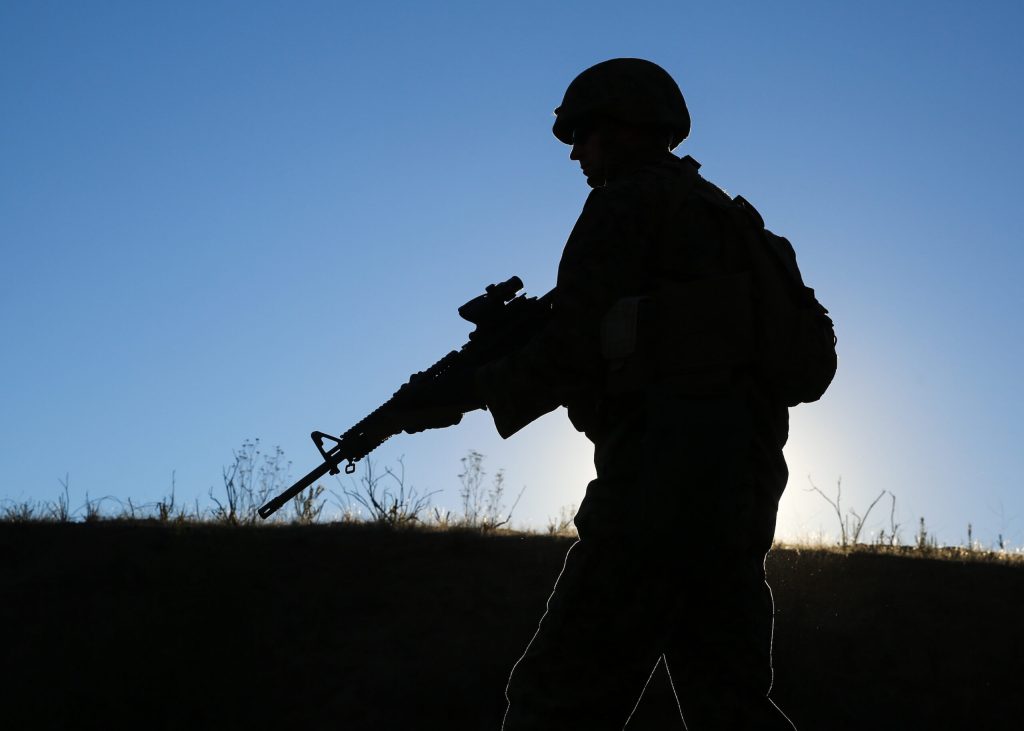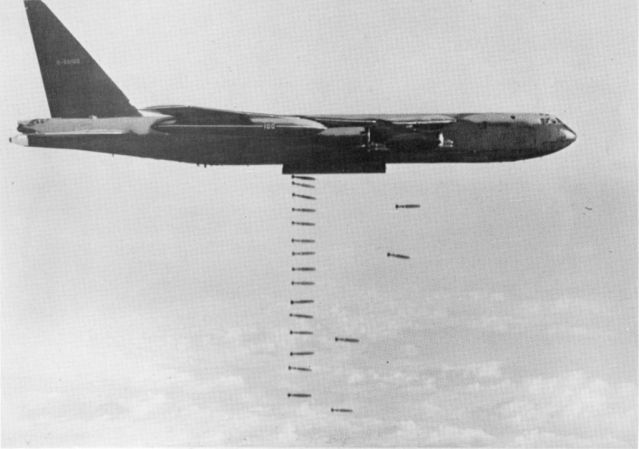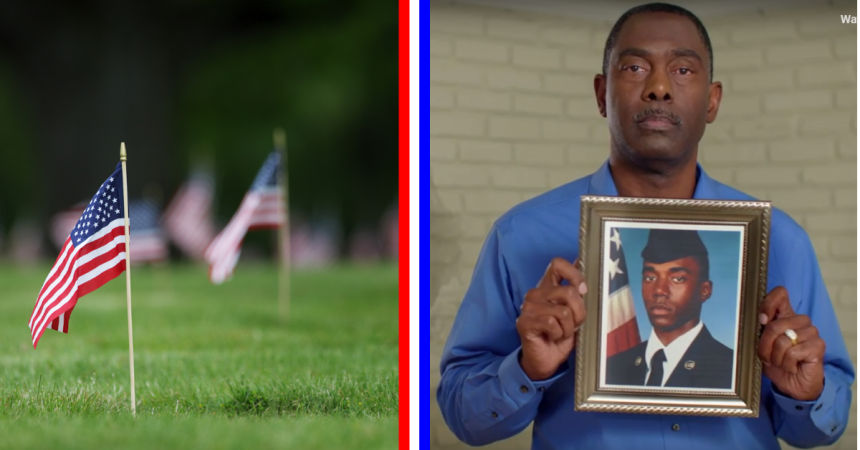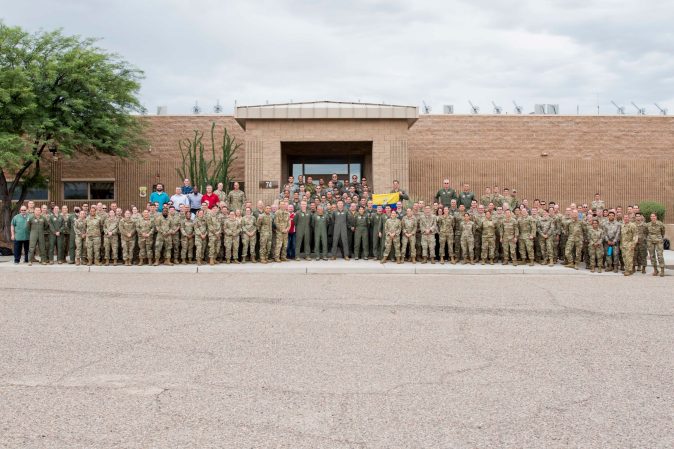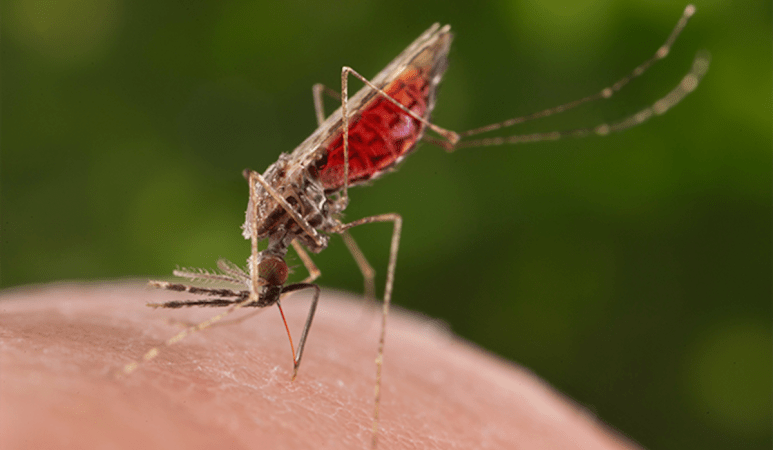Everyone who joins the military knows (or should know) they could be sent to a war zone at any time. They volunteer themselves to serve in the most dangerous of situations, wherever they might be needed. We all know this, but there’s still a mix of shock and surprise, maybe even anticipation when we receive orders to deploy to war for the first time.
While many of us may feel nervous about going into one of America’s many ongoing conflicts, we may not realize it’s actually safer for us to be at a deployed location than to be training for that combat deployment. Data compiled for a 2022 Congressional report shows that actual combat deaths are a small part of what actually kills American troops.
Between 2006 and 2021, some 2,740 American service members were killed in action worldwide. But that number was only 14.1% of the total of American troops who died during that time period. When combined with deaths from wounds sustained in combat, that number jumps to 18.7%, still less than a fifth of total deaths.
“Since 2006, a total of 16,652 active-duty personnel and mobilized reservists have died while serving in the US Armed Forces. Seventy-three percent of these casualties occurred under circumstances unrelated to war,” the report says.
For much of this time period, the United States was engaged in major combat operations in Afghanistan, Iraq and elsewhere, along with low-intensity conflicts in many other countries around the world; 4,620 U.S. military personnel died in 28 countries and at sea. These are numbers that speak to the efficiency of American combat medicine and American ability on the battlefield. It also makes one wonder: How is everyone else dying?
The majority of non-combat deaths among service members from that time period came from accidents (32%) and self-inflicted deaths (25.4%). There were outliers: 2018 saw a rash of training accidents, aircraft crashes, and ship collisions that killed a large number of American service members. It prompted Congress to demand increased spending to combat what some called “military readiness… at a crisis point.”

The 2022 report notes that illness and injury was the third leading cause of death (17.9%) before combat-related deaths. Smaller percentages include homicide, terror attacks, captured troops, and unknown causes of death; 39% of accidental deaths involved vehicles, but the number of accidental deaths has been on a downward trend since 2006.
But that doesn’t mean the accidents are stopping. In 2020, a training accident aboard an amphibious assault vehicle near Camp Pendleton, California, saw 16 people sink in 385 feet of water off the coast of San Clemente Island. As of April, 14 soldiers have died in helicopter crashes in 2023, and three more were injured, prompting the Army to ground all aviation units.
Even while this article was being written, a Marine Corps aviator crashed in the vicinity of Marine Corps Air Station Miramar.
Families of service members killed in training have begun to get involved, pushing the services to use more simulator training. But simulators, the Defense Department says, cost just as much as an actual aircraft. Many are being adopted, but yet not enough to influence the number of real-world training accidents. Until they do, the military will have to rely on training and vigilance to mitigate risk.

